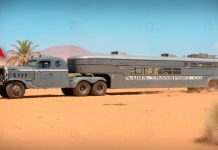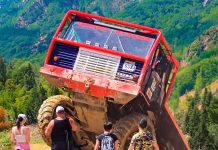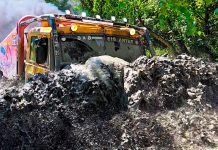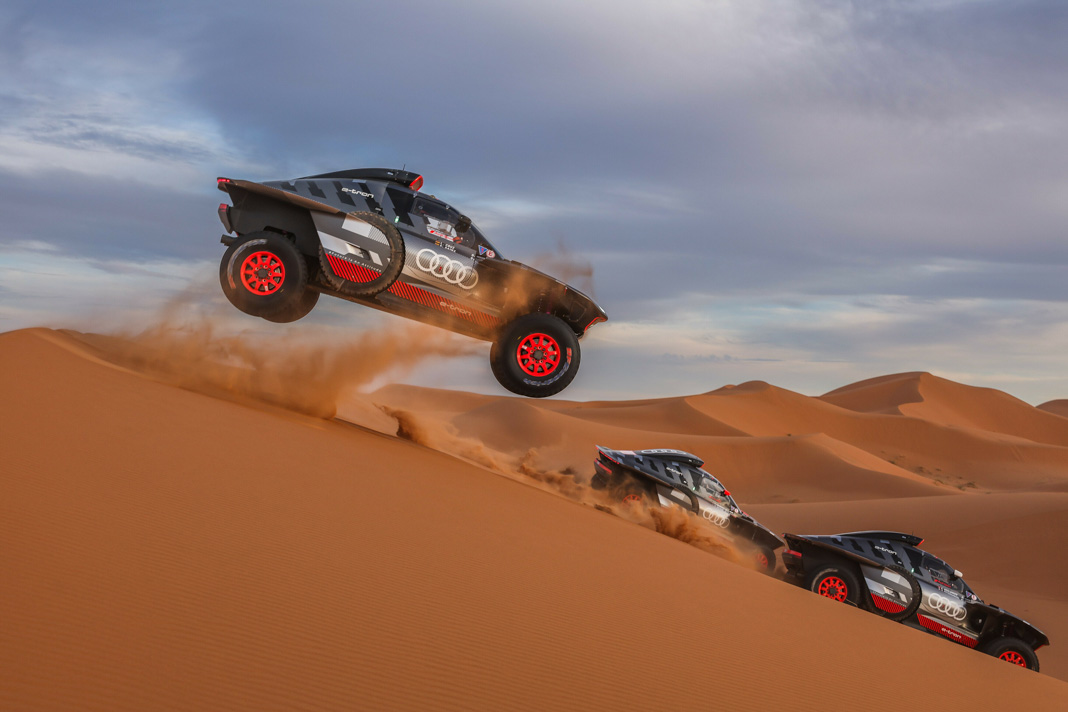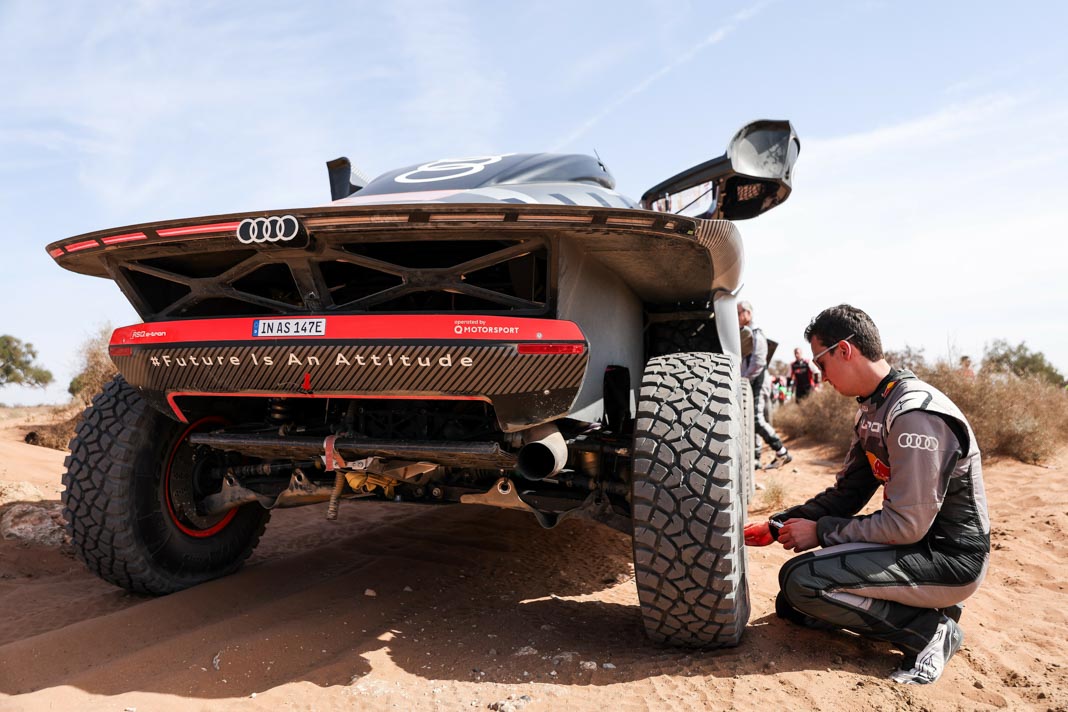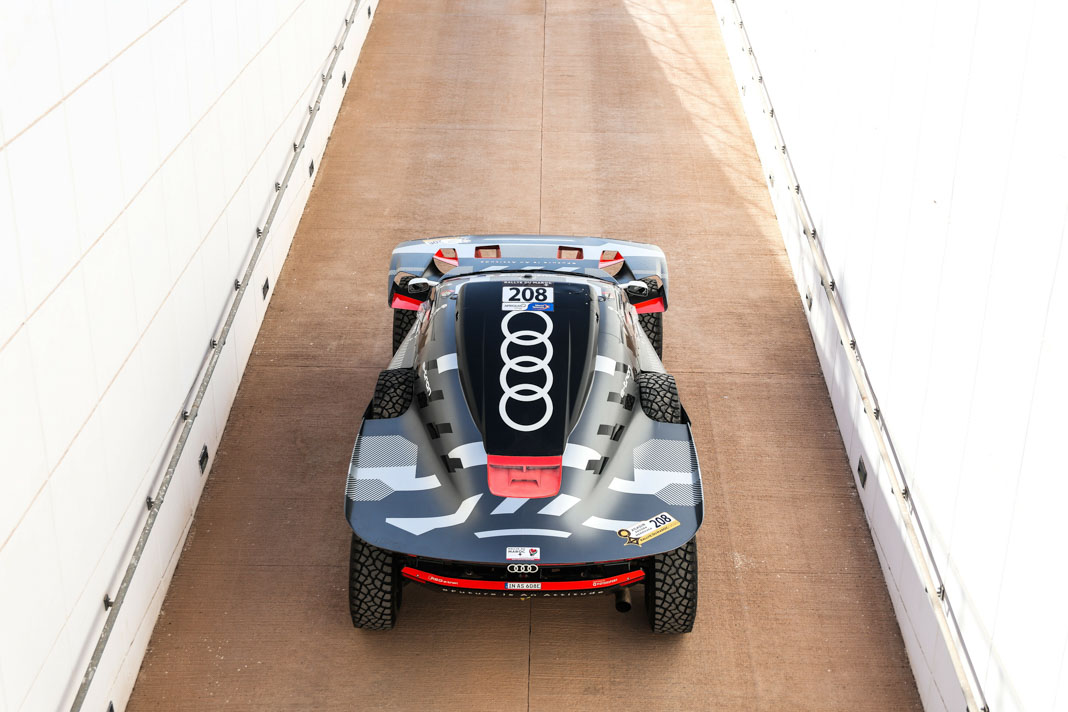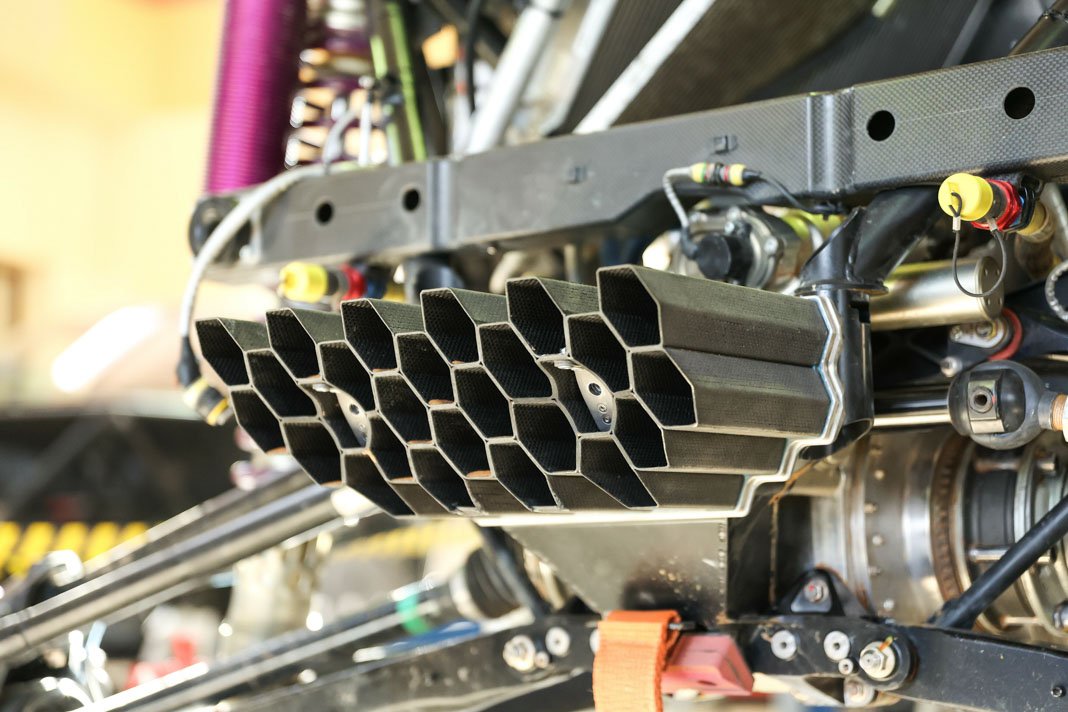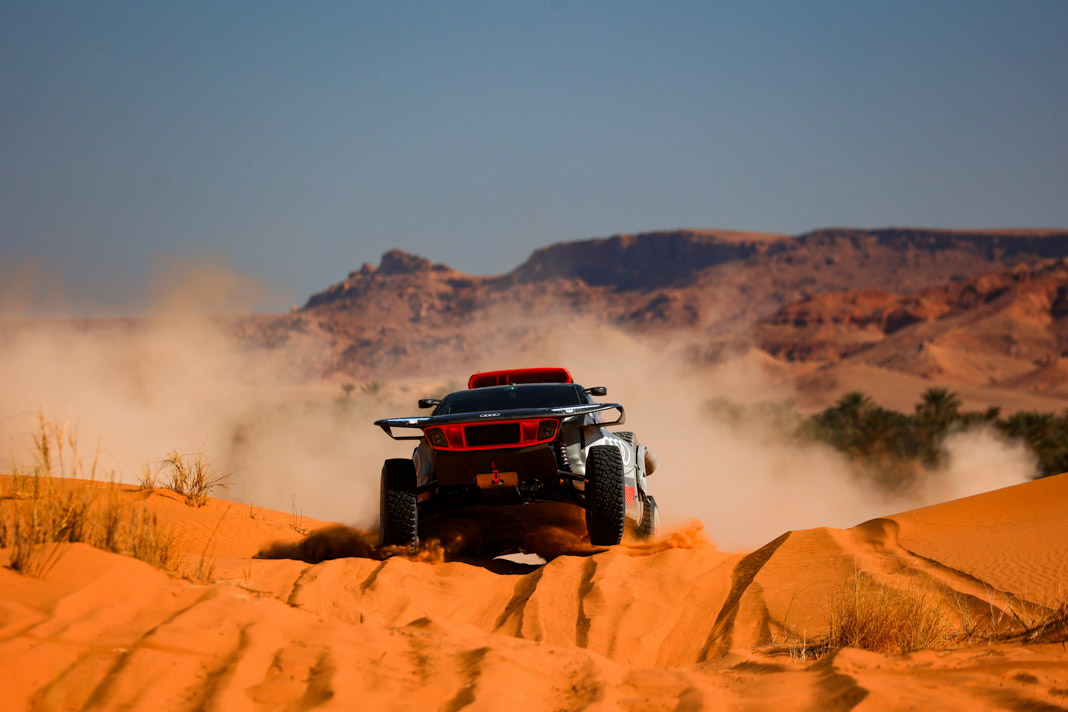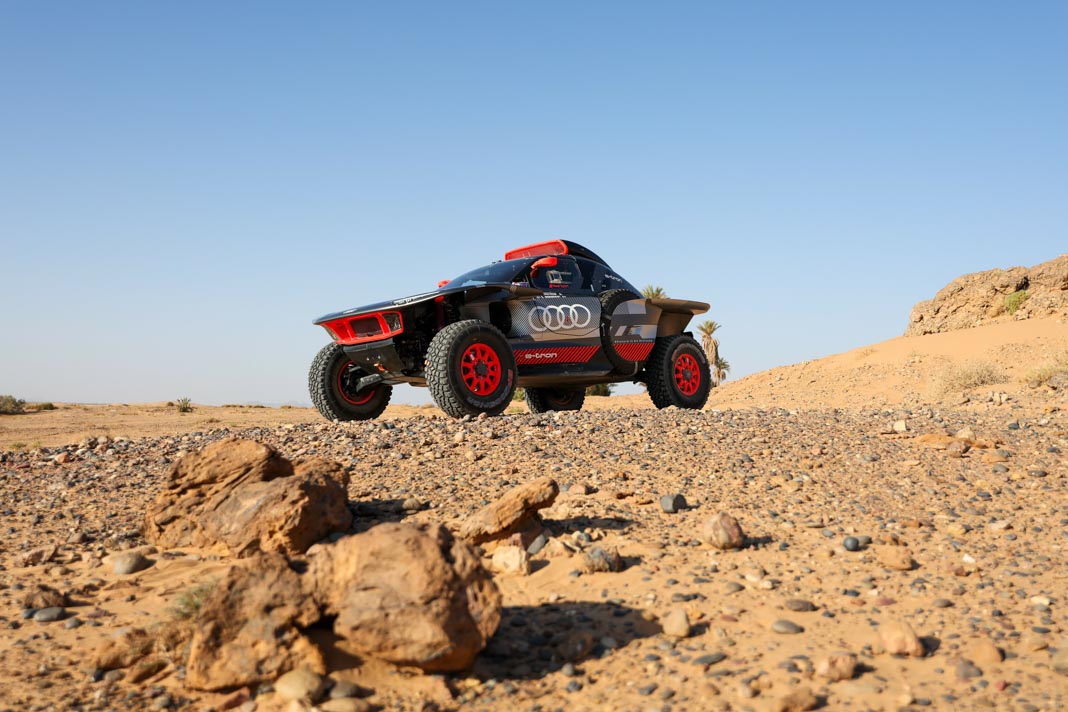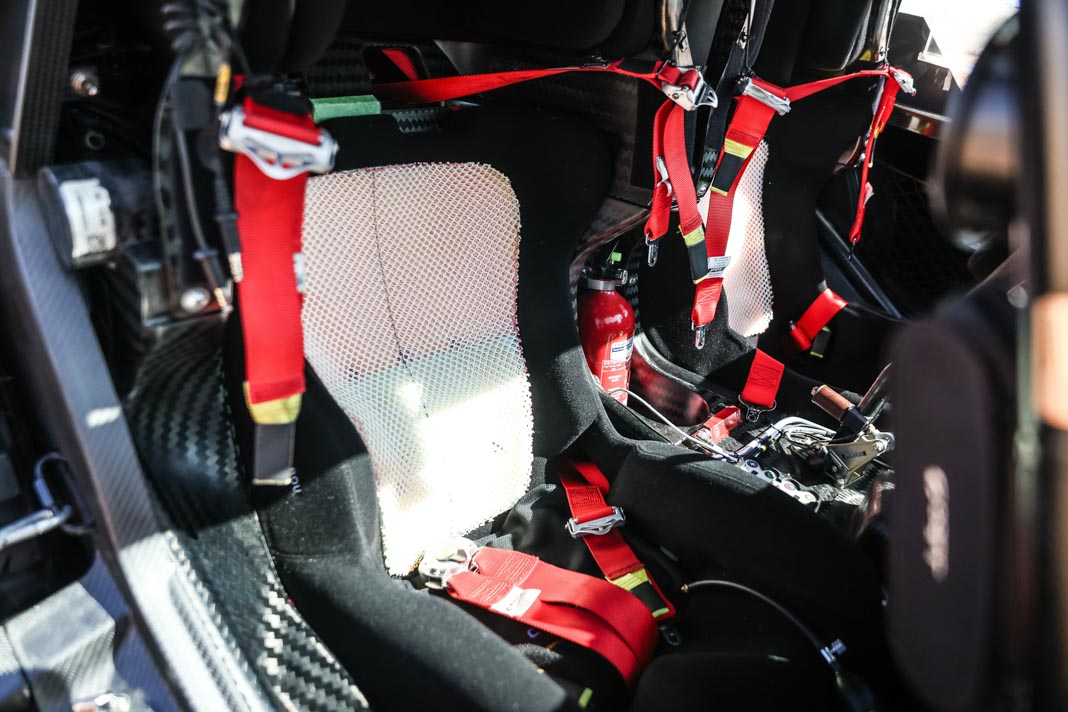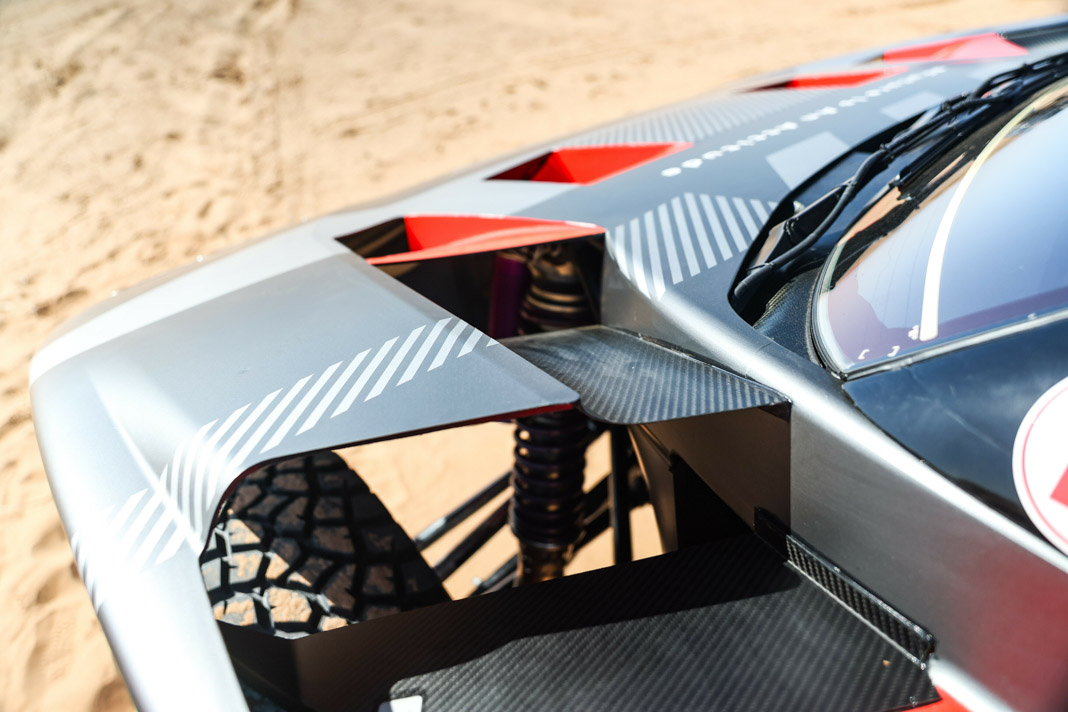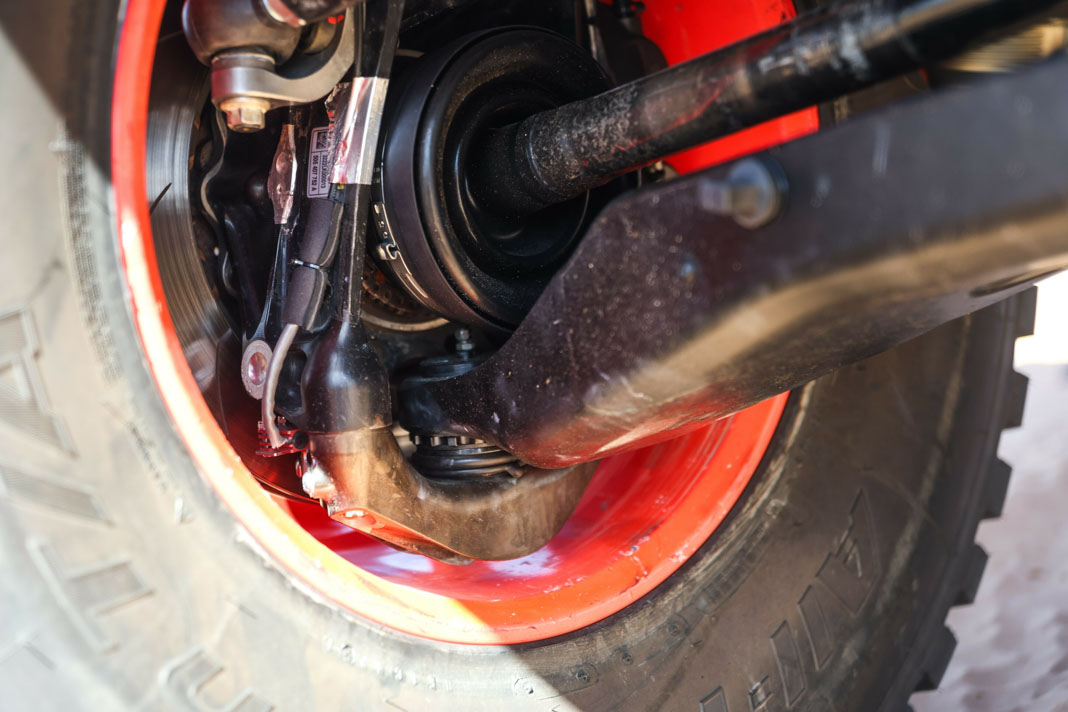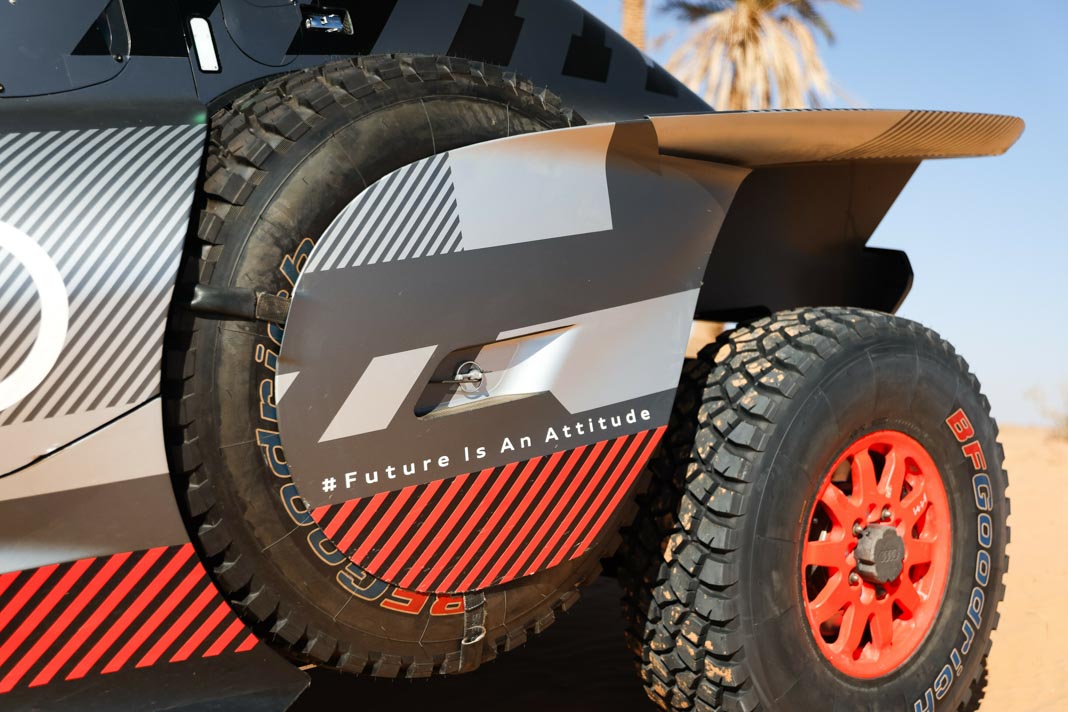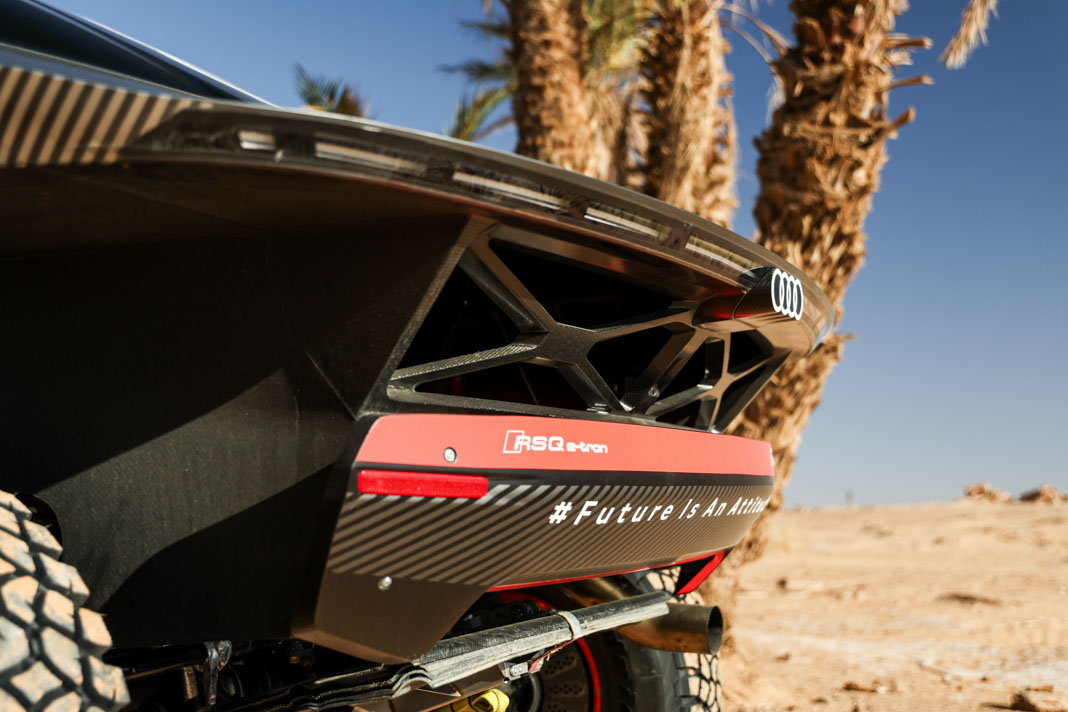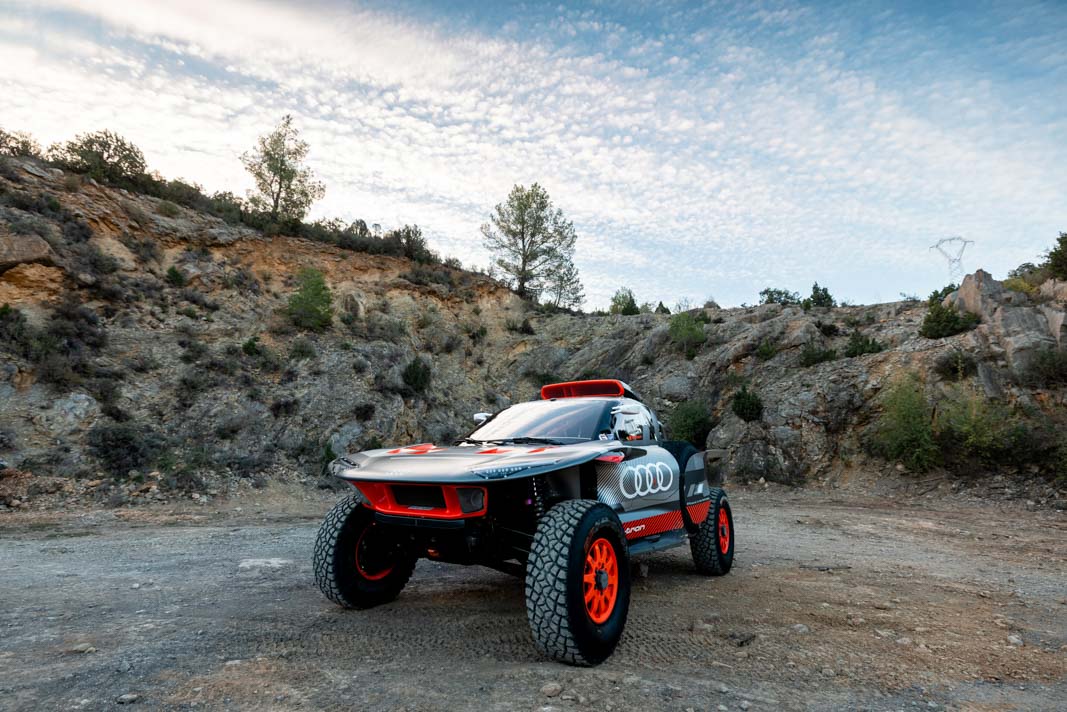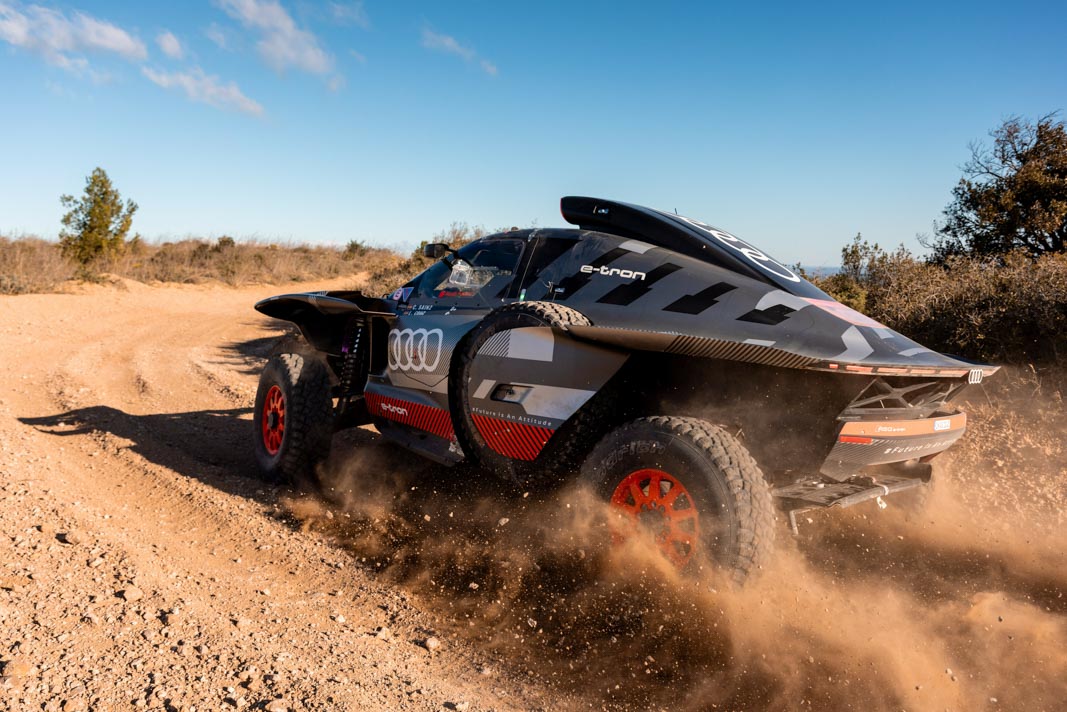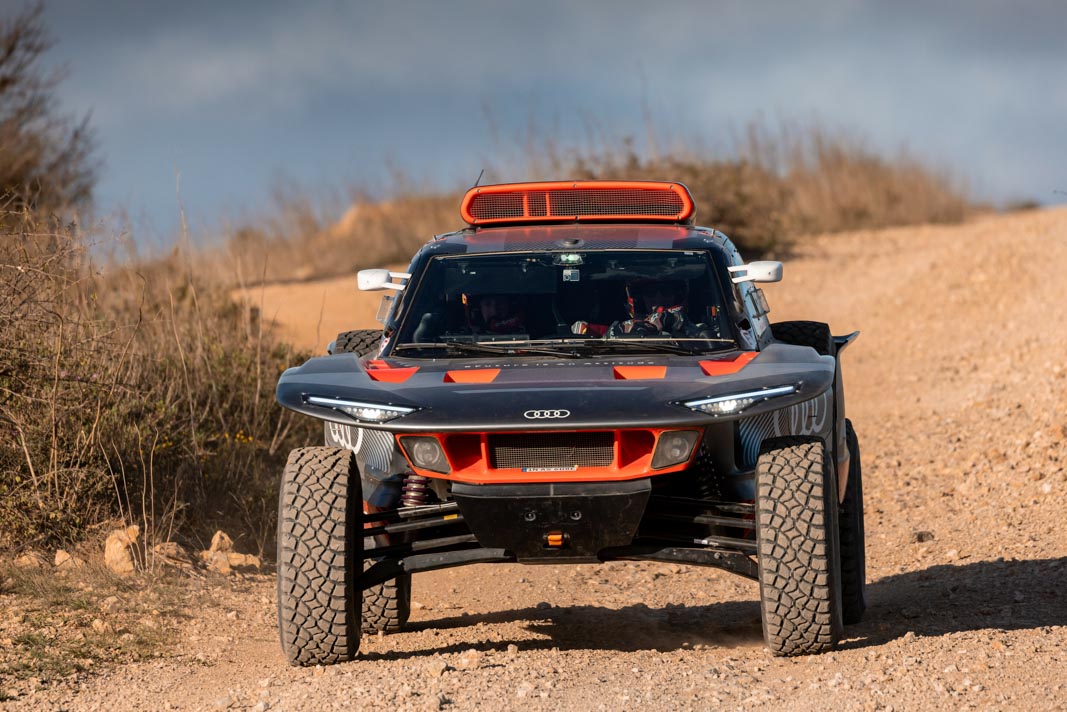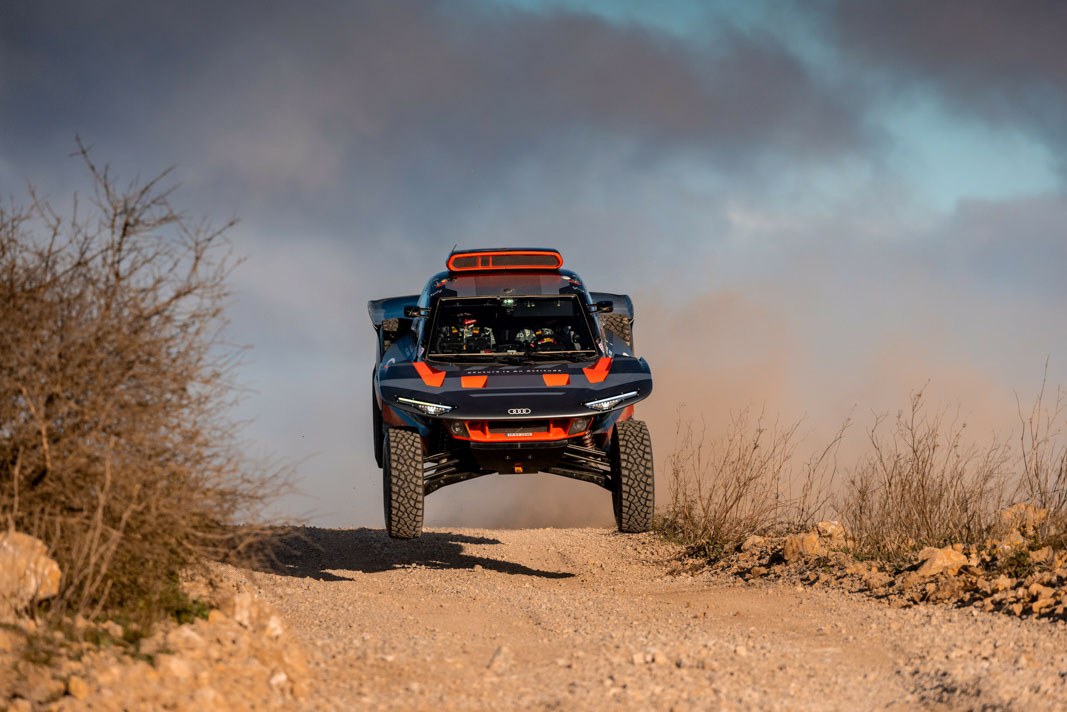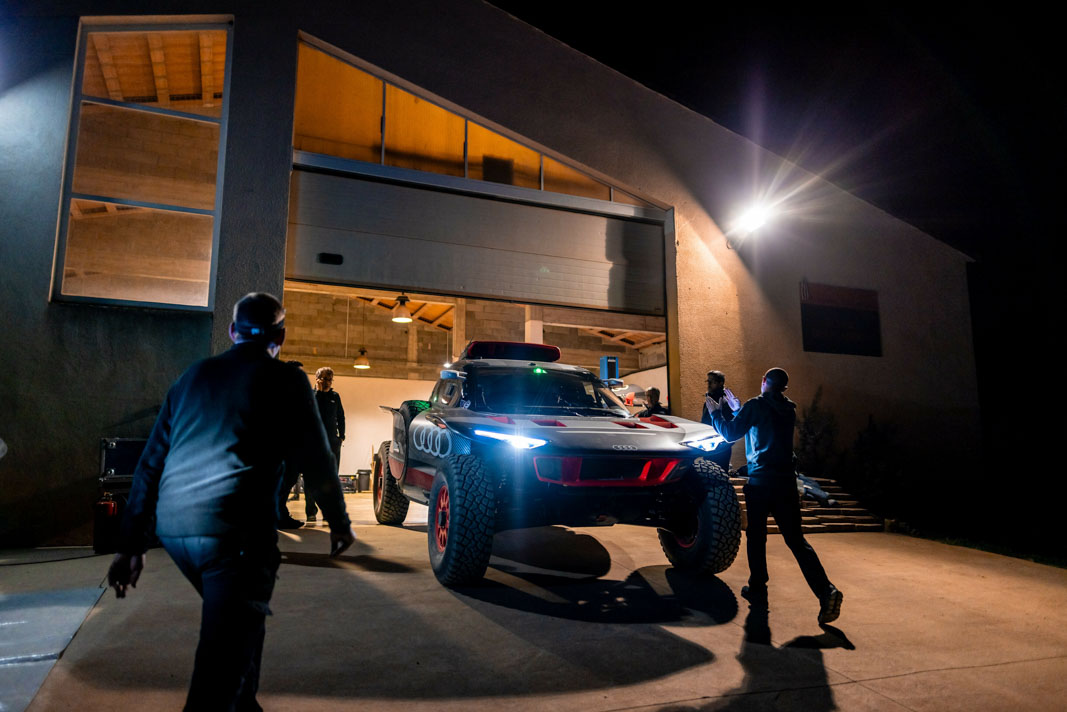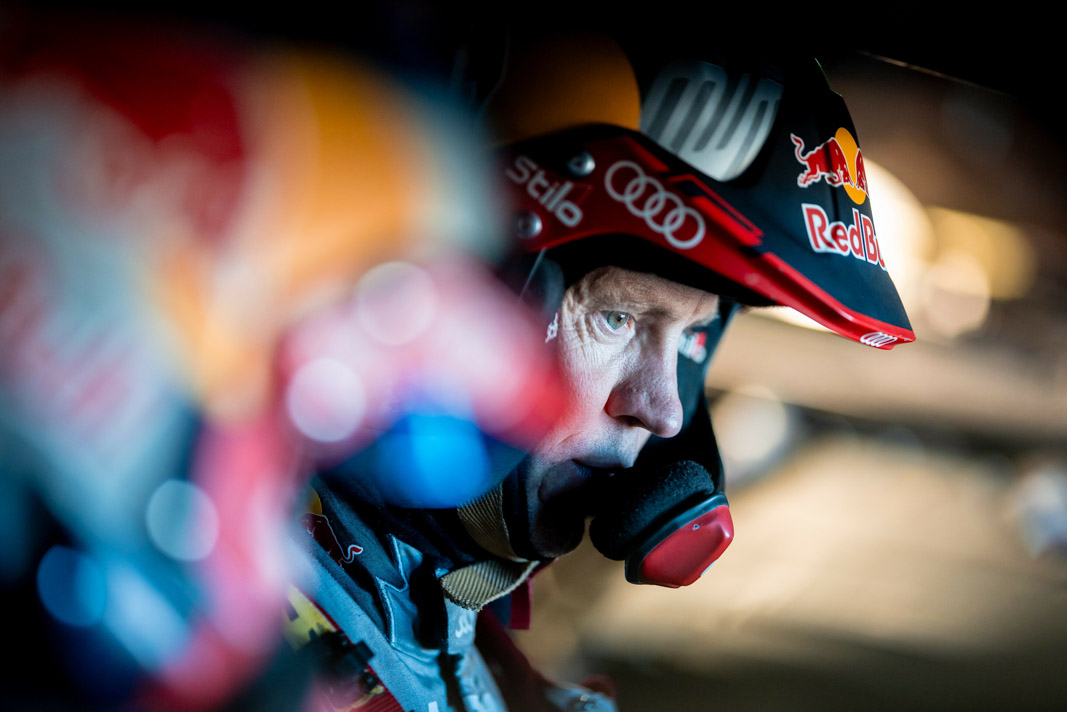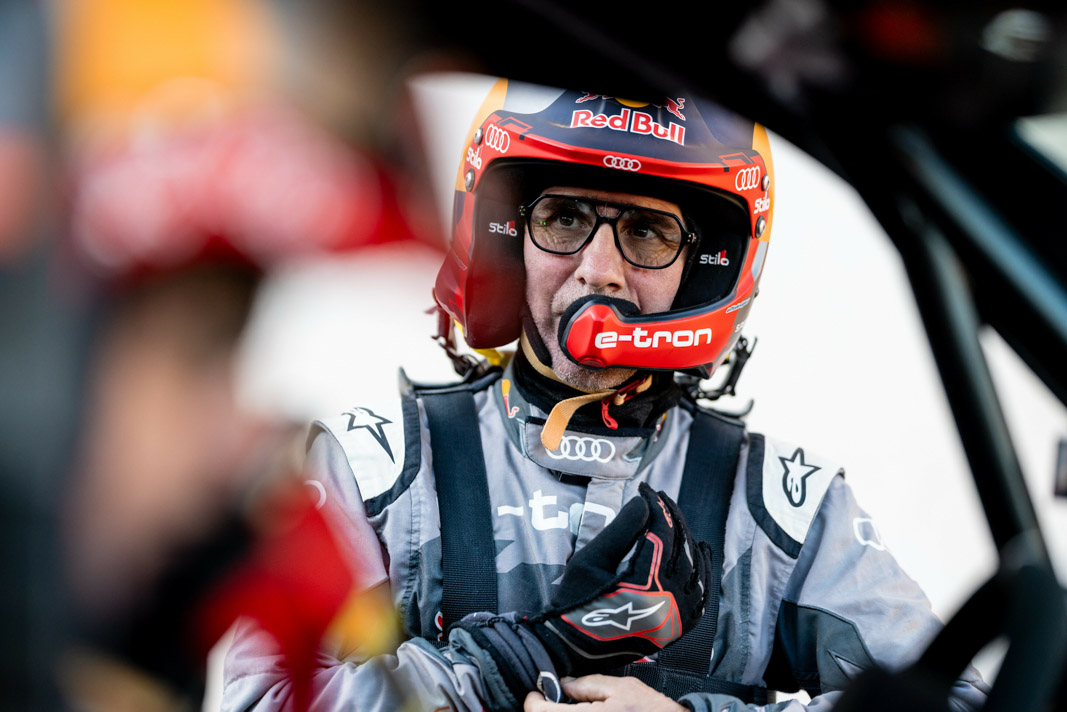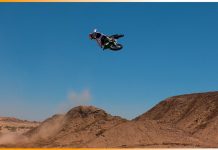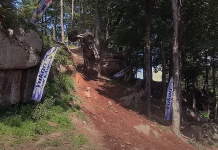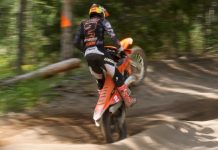Part 1
HINWEIS: Das Video ist noch deaktiviert, damit keine unerwünschte Datenübertragung zu Youtube stattfindet. Zur Aktivierung bitte auf das Vorschaubild/Video-Link klicken. Damit werden Daten übermittelt, zu deren Art, Umfang und Verwendungszweck wir keineAuskünfte geben können. NOTE: The video is still deactivated so that no unwanted data transfer to YouTube takes place. To activate, please click on the preview image / video link. This transmits data about the type, extent and purpose of which we cannot provide any information.
HINWEIS: Das Video ist noch deaktiviert, damit keine unerwünschte Datenübertragung zu Youtube stattfindet. Zur Aktivierung bitte auf das Vorschaubild/Video-Link klicken. Damit werden Daten übermittelt, zu deren Art, Umfang und Verwendungszweck wir keineAuskünfte geben können.
NOTE: The video is still deactivated so that no unwanted data transfer to YouTube takes place. To activate, please click on the preview image / video link. This transmits data about the type, extent and purpose of which we cannot provide any information.
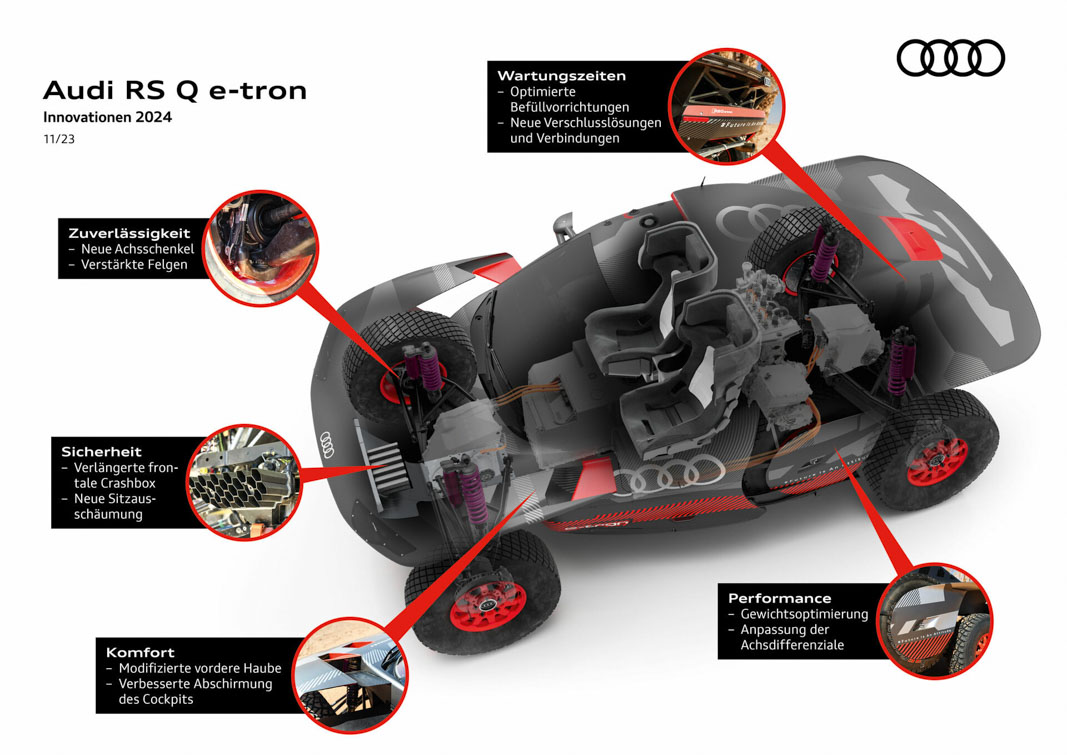
Letzte große Probe vor der Rallye Dakar 2024: Das Team Audi Sport hat den Audi RS Q e-tron im Süden von Frankreich einem abschließenden Test unterzogen. Die drei Audi-Fahrerpaarungen Mattias Ekström/Emil Bergkvist, Stéphane Peterhansel/Edouard Boulanger und Carlos Sainz/Lucas Cruz haben die letzte Feinabstimmung vorgenommen. Für die Ingenieure stand vor dem dritten Start von Audi bei der Rallye Dakar die nochmals erweiterte Absicherung aller Komponenten im Vordergrund.
Insgesamt über 900 Kilometer haben die drei Fahrerpaarungen bei dem fünftägigen Test auf dem Gelände von Château de Lastours abgespult. „Damit haben wir unsere Entwicklungsaufgaben erfüllt und konzentrieren uns nun auf die verbleibenden logistischen Arbeiten bis zum Januar“, sagt Audi-Motorsportchef Rolf Michl. „Wir haben uns so gut wie möglich vorbereitet, doch die Rallye Dakar bleibt die ehrgeizigste und mit Abstand schwierigste Aufgabe im Kalender und wir begegnen ihr mit großem Respekt. Schon jetzt ein großes Dankeschön an das gesamte Team sowie an unsere Fahrer und Beifahrer für die Arbeit, die sie bis heute für diese sehr anspruchsvolle Herausforderung geleistet haben.“
Unter der Leitung des Technischen Direktors Dr. Leonardo Pascali stand für die Ingenieure die Qualitätssicherung im Vordergrund. Der innovative Audi RS Q e-tron zeichnet sich durch seinen elektrischen Antrieb mit Hochvoltbatterie und Energiewandler aus. Das Batteriesystem und weitere Komponenten des hocheffizienten und emissionsarmen Konzepts mussten auf dem Gelände zwischen Narbonne und Perpignan an der französischen Mittelmeerküste letzte Härteprüfungen bestehen. „Logistisch war dieses Gelände für uns ideal zu erreichen und erlaubte kurze Reaktionszeiten, falls wir etwas aus Deutschland benötigt hätten“, resümierte Pascali. „Wir haben alle Baugruppen und Systeme erneut abgesichert, sowohl die vom Vorgängermodell übernommenen Teile als auch die neu entwickelten. Es ging darum, die vorgegebenen Qualitätsstandards für alle Bereiche zu erfüllen.“ Zugleich konnten die Fahrer die im Lauf der Saison erarbeitete Abstimmung der RS Q e-tron für die Rallye Dakar nochmals auf einem anderen Terrain bestätigen.
„Wir haben alle adressierten Punkte abarbeiten können“, sagte Sven Quandt, Teamchef von Q Motorsport. „Unsere Fahrer und Ingenieure haben die Einsatzautos für die Rallye Dakar auf Herz und Nieren geprüft. Carlos, Mattias und Stéphane sind zufrieden. Sie haben sogar einen Teil der Ersatzteile mit ihren Einsatzautos eingefahren. Wir gehen mit Spannung, aber beruhigt zur Rallye Dakar. Alle haben gezeigt, dass sie echte Teamplayer sind. Sie gehen ihre Aufgaben zielstrebig und konsequent an. Das steigert das Vertrauen für die Rallye Dakar.“
Audi verbessert den RS Q e-tron nochmals: Vor seinem dritten Einsatz bei der Rallye Dakar erhält der Rallye-Prototyp mit seinem zukunftsweisenden elektrischen Antrieb mit Hochvoltbatterie und Energiewandler Neuerungen in vielen Bereichen. Das Audi-Fahrerteam mit Mattias Ekström/Emil Bergkvist, Stéphane Peterhansel/Edouard Boulanger und Carlos Sainz/Lucas Cruz profitiert im Januar 2024 von zahlreichen Detailverbesserungen. Die neuen Ideen machen den RS Q e-tron sicherer, zuverlässiger, komfortabler, etwas leichter und verkürzen die Wartungszeiten für das Team.
Part 2
HINWEIS: Das Video ist noch deaktiviert, damit keine unerwünschte Datenübertragung zu Youtube stattfindet. Zur Aktivierung bitte auf das Vorschaubild/Video-Link klicken. Damit werden Daten übermittelt, zu deren Art, Umfang und Verwendungszweck wir keineAuskünfte geben können. NOTE: The video is still deactivated so that no unwanted data transfer to YouTube takes place. To activate, please click on the preview image / video link. This transmits data about the type, extent and purpose of which we cannot provide any information.
HINWEIS: Das Video ist noch deaktiviert, damit keine unerwünschte Datenübertragung zu Youtube stattfindet. Zur Aktivierung bitte auf das Vorschaubild/Video-Link klicken. Damit werden Daten übermittelt, zu deren Art, Umfang und Verwendungszweck wir keineAuskünfte geben können.
NOTE: The video is still deactivated so that no unwanted data transfer to YouTube takes place. To activate, please click on the preview image / video link. This transmits data about the type, extent and purpose of which we cannot provide any information.
Im Januar 2024 stellt sich Audi bereits zum dritten Mal mit seinem Low-emission-Vehicle der härtesten Wüstenrallye der Welt. „Wozu der RS Q e-tron grundsätzlich imstande ist, haben unsere Fahrer und Beifahrer mit sechs Etappensiegen und 22 weiteren Tages-Podiumsergebnissen bei der Rallye Dakar seit 2022 gezeigt“, sagt Audi-Motorsportchef Rolf Michl. „Nun geht es darum, unsere Leistungen möglichst stetig zu zeigen, damit wir um Top-Platzierungen kämpfen können.“ Audi Sport hat die bisherigen Einsätze analysiert, Schwachpunkte identifiziert und für die Weiterentwicklung klare Prioritäten gesetzt. Dr. Leonardo Pascali, der neue technische Leiter des Projekts, hat mit seinem Entwicklungsteam seit dem Frühsommer fünf Themenfelder in den Fokus genommen.
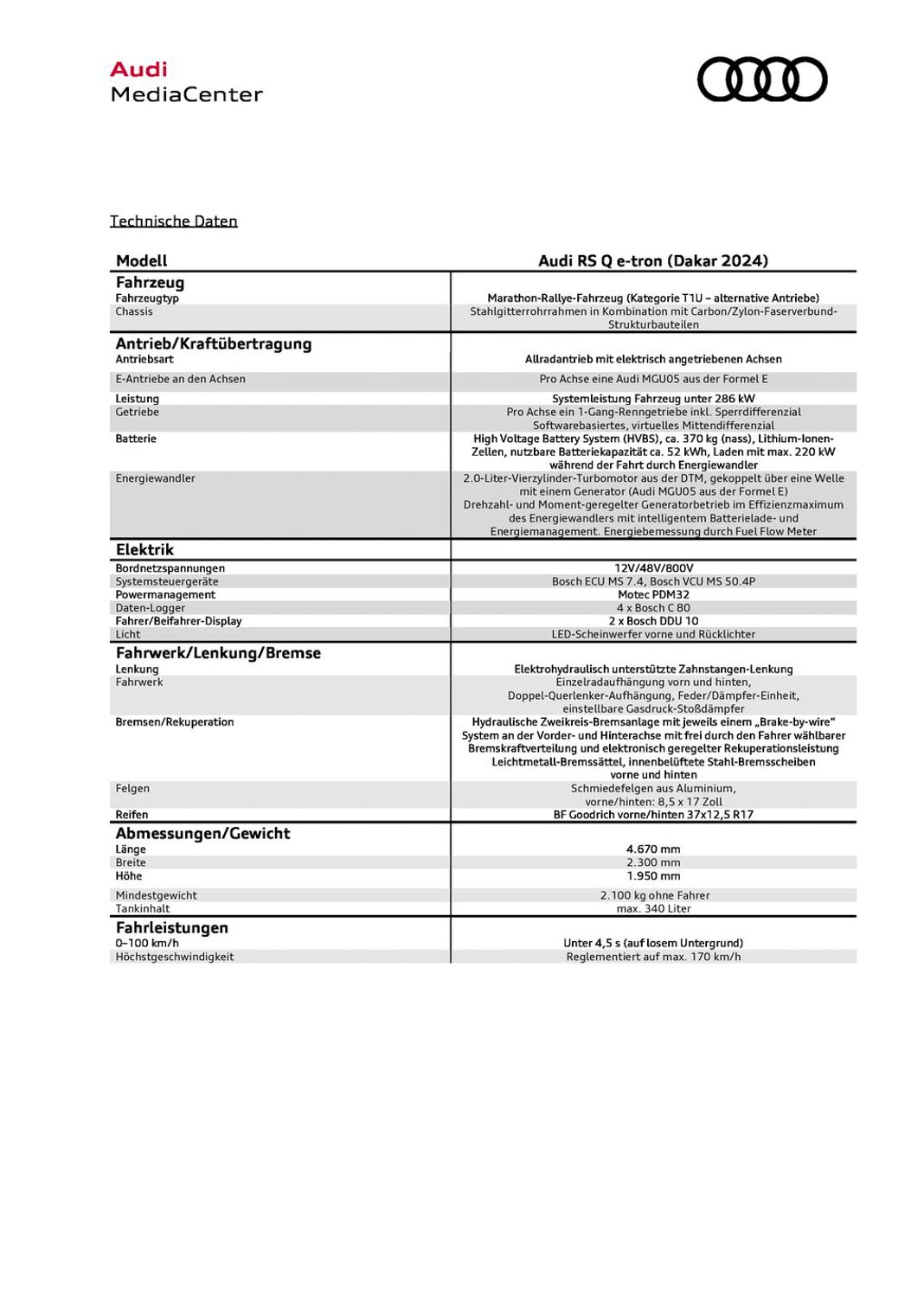
Sicherheit: hohes Niveau weiter verbessern
Die Unfälle von Stéphane Peterhansel und Carlos Sainz bei der Rallye Dakar haben Audi dazu veranlasst, die Sicherheit nochmals zu verbessern. „Unser Ziel war es, die maximale vertikale Beschleunigung bei Landungen nach großen Sprüngen zu verringern“, so Dr. Leonardo Pascali. Durch die Arbeit mit Federn, Dämpfern und der Anschlagsbegrenzung im Fahrwerk haben die Ingenieure einen Teil der Last zeitlich besser verteilt. Sie ermöglichen damit eine optimale Beherrschung der Plattform, die so wichtig für die gesamte Leistungsfähigkeit des Autos ist. Einen zweiten Beitrag leisten die neuen Ausschäumungen der Sitze. Sie helfen, die Belastungen für Fahrer und Beifahrer über einen größeren Zeitraum zu verteilen und so die Lastspitzen abzusenken. Die Entwickler haben sich gezielt mit der Materialsteifigkeit und den Geometrien der Ausschäumungen beschäftigt und dabei auch den Einfluss der Cockpittemperatur auf die Steifigkeit der Schäume berücksichtigt. Den Schutz der Insassen nach einer harten frontalen Landung wie beim zweiten Unfall von Carlos Sainz mit einem Aufprall auf die Fahrzeugnase bei der Rallye Dakar 2023 hatten die Verantwortlichen ebenfalls im Blick. Die CFK-Crashbox am vorderen Ende der Chassisstruktur fällt nun länger aus, ohne dabei den im Gelände so wichtigen Böschungswinkel zu beeinträchtigen. Sie absorbiert die bei derartigen Unfällen auftretende Energie besser als zuvor.
Zuverlässigkeit: clevere Details für ein großes Ganzes
Der Audi RS Q e-tron ist auch bei härtesten Bedingungen ein sehr zuverlässiger Rennwagen: Alle drei Autos sahen 2022 beim ersten Dakar-Einsatz das Ziel. Dass zwei der drei Autos 2023 nicht ins Ziel kamen, hatte keine technischen Ursachen, sondern war unfallbedingt. Da insbesondere die komplexe Antriebstechnik grundsätzlich ausgereift ist, kann sich Audi Sport bei der Zuverlässigkeit auf Details konzentrieren. Bislang verfingen sich eindringende Steine zwischen Felgenbett, Bremsscheibe und Achsschenkel. Sie bewirkten teils erhebliche Zerstörungen und erforderten mehr als einmal zeitraubende Radwechsel. Neue Befestigungselemente für den Radträger ermöglichen größere Freiräume, sodass die Steine leichter herausgeschleudert werden. Zugleich verwendet Audi Sport ab sofort robustere Felgen. Stabilere Flanken machen zudem die neue Reifengeneration von Einheitsausrüster BF Goodrich unempfindlicher.
Komfort: bessere Abschirmung für höhere Konzentration
Audi setzt auf besonders erfahrene, eingespielte und leistungsfähige Fahrer-Beifahrer-Paarungen. Um ihnen die anstrengende Arbeit zu erleichtern, optimierten die Ingenieure die akustische Abschirmung ebenso wie die Abdichtung des Cockpits. Eine modifizierte vordere Haube weist aufgewirbelten Matsch und Wasser besser ab. Somit bleibt die Windschutzscheibe sauberer.
Part 3
HINWEIS: Das Video ist noch deaktiviert, damit keine unerwünschte Datenübertragung zu Youtube stattfindet. Zur Aktivierung bitte auf das Vorschaubild/Video-Link klicken. Damit werden Daten übermittelt, zu deren Art, Umfang und Verwendungszweck wir keineAuskünfte geben können. NOTE: The video is still deactivated so that no unwanted data transfer to YouTube takes place. To activate, please click on the preview image / video link. This transmits data about the type, extent and purpose of which we cannot provide any information.
HINWEIS: Das Video ist noch deaktiviert, damit keine unerwünschte Datenübertragung zu Youtube stattfindet. Zur Aktivierung bitte auf das Vorschaubild/Video-Link klicken. Damit werden Daten übermittelt, zu deren Art, Umfang und Verwendungszweck wir keineAuskünfte geben können.
NOTE: The video is still deactivated so that no unwanted data transfer to YouTube takes place. To activate, please click on the preview image / video link. This transmits data about the type, extent and purpose of which we cannot provide any information.
Performance: Ideen in vielen Bereichen
Vom Fahrwerk bis zur Software, von der Karosserie bis zum elektrischen Antrieb: Die Ingenieure haben diverse Aspekte betrachtet, um den Audi RS Q e-tron im Rahmen der Reglementvorgaben noch leistungsfähiger zu machen. Die Arbeit mit den Stoßdämpfern und Federn half dem Team, die Komponenten noch besser abzustimmen. Um bei steigendem Gewicht der neuen, robusteren Reifen noch näher an das Mindestgewicht von 2.100 Kilogramm heranzurücken, sind diverse Bauteile gewichtsoptimiert. Das betrifft die hintere Karosserieabdeckung ebenso wie die kleineren Bremssättel, aber auch die Fußstütze für den Beifahrer. Das Reglement verschiebt zudem beim Leistungsgewicht die Balance zwischen dem T1U-Modell von Audi und den Gegnern in der T1-Klasse geringfügig: Aus 263 kW maximaler Leistung der E-Motoren zu Saisonbeginn 2023 (inklusive Effizienz-Koeffizient) wurden während der Rallye Dakar nach einer Reglementänderung 271 kW. Zum Januar 2024 steigt der Wert auf 286 kW. Zugleich heben die Regularien das Gewicht der konkurrierenden T1-Modelle um 10 auf 2.010 Kilogramm an.
Wartungszeiten: kürzere Arbeit, besseres Ergebnis
Das Entwicklungsteam von Audi Sport hat auf der Suche nach Verbesserungen auch die täglichen Wartungsarbeiten bei den Rallyeeinsätzen untersucht. Dank vieler praktischer Ideen im Detailbereich vereinfachen sich jetzt etliche Arbeitsschritte. Zum Beispiel tragen geänderte Schraubverbindungen, verbesserte Werkzeughalterungen, optimierte Befüllvorrichtungen für Betriebsflüssigkeiten, neue Verschlusslösungen für Karosserieteile sowie Verschraubungen statt Verklebungen zum vereinfachten und schnelleren Service bei.
„Unser Ingenieursteam hat den RS Q e-tron mit vielen kreativen Lösungen nochmals verbessert“, sagt Motorsportchef Rolf Michl. „Fahrer und Beifahrer, aber auch alle Mechaniker und Ingenieure profitieren von den einfallsreichen Ideen. Wir fühlen uns damit auf die Rallye Dakar bestmöglich vorbereitet.“ Seit Jahresmitte hat Audi die Änderungen sukzessive einfließen lassen, die Erprobung bei Tests begonnen und stellt damit eine Freigabe aller Neuerungen pünktlich zur Rallye Dakar 2024 sicher.
![]()
Part 1
HINWEIS: Das Video ist noch deaktiviert, damit keine unerwünschte Datenübertragung zu Youtube stattfindet. Zur Aktivierung bitte auf das Vorschaubild/Video-Link klicken. Damit werden Daten übermittelt, zu deren Art, Umfang und Verwendungszweck wir keineAuskünfte geben können. NOTE: The video is still deactivated so that no unwanted data transfer to YouTube takes place. To activate, please click on the preview image / video link. This transmits data about the type, extent and purpose of which we cannot provide any information.
HINWEIS: Das Video ist noch deaktiviert, damit keine unerwünschte Datenübertragung zu Youtube stattfindet. Zur Aktivierung bitte auf das Vorschaubild/Video-Link klicken. Damit werden Daten übermittelt, zu deren Art, Umfang und Verwendungszweck wir keineAuskünfte geben können.
NOTE: The video is still deactivated so that no unwanted data transfer to YouTube takes place. To activate, please click on the preview image / video link. This transmits data about the type, extent and purpose of which we cannot provide any information.
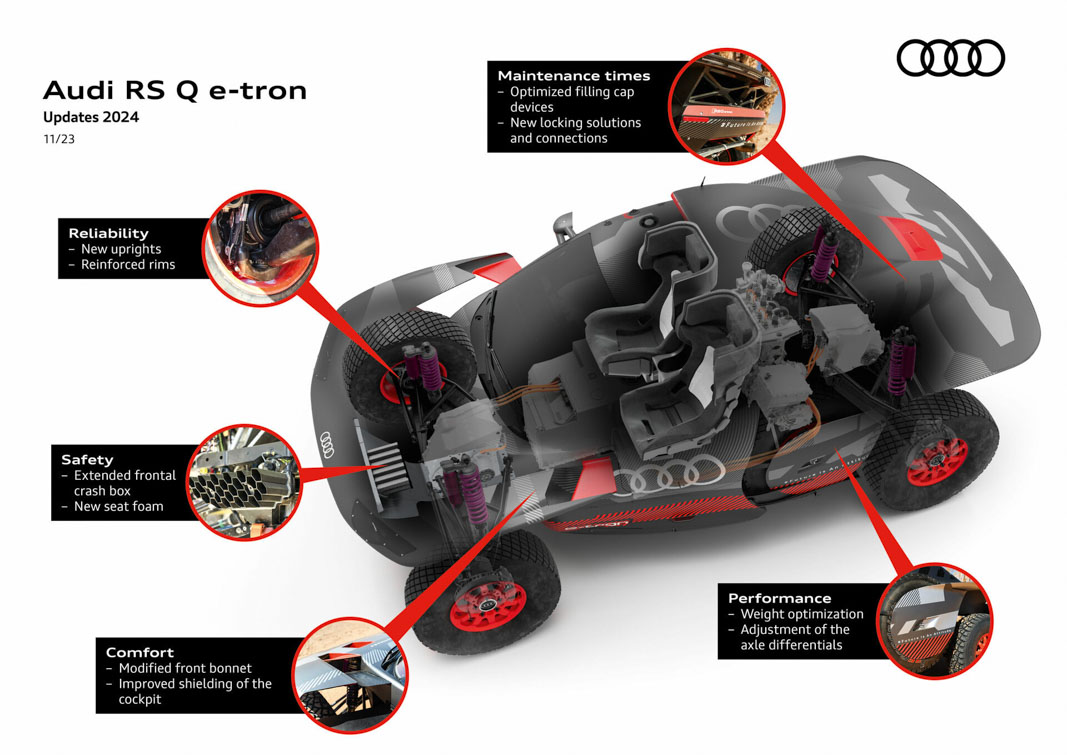
The last big test before the 2024 Dakar Rally: Team Audi Sport has put the Audi RS Q e-tron through its final test in the south of France. The three Audi driver crews of Mattias Ekström/Emil Bergkvist, Stéphane Peterhansel/Edouard Boulanger and Carlos Sainz/Lucas Cruz carried out the final fine-tuning. Before Audi’s third participation in the Dakar Rally, the engineers’ priority was to further extend the endurance of all the components.
The three driver crews covered a total distance of over 900 kilometers during the five-day test hosted at Château de Lastours. “We have thus fulfilled our development tasks and are now concentrating on the remaining logistical work before January,” says Rolf Michl, Head of Audi Motorsport. “We have prepared as well as possible, but the Dakar Rally remains the most ambitious and by far the most difficult task on the calendar. And we approach it with great respect. A big thank you also goes out to the entire team, as well as to our drivers and co-drivers for the work they have done to date for this very demanding challenge.”
Under the leadership of the Technical Director Dr. Leonardo Pascali, the focus for the engineers was the confirmation of quality standards. The innovative Audi RS Q e-tron is characterized by its electric drivetrain with a high-voltage battery and an energy converter. The battery system and other components of the highly efficient and low-emission concept had to pass final endurance tests at the venue between Narbonne and Perpignan on the French Mediterranean coast. “Logistically, this location was ideal for us to travel to and allowed short reaction times if we needed something from Germany,” summed up Pascali. “We have gone over all of the assemblies and systems, both the parts taken over from the previous model and the newly developed ones. It was about meeting the specified quality standards for all areas.” At the same time, the drivers were able to once again confirm the RS Q e-tron’s set-up for the Dakar Rally, which they had developed on different terrain over the course of the season.
“We were able to work through all the necessary points on our checklist,” said Sven Quandt, Team Principal of Q Motorsport. “Our drivers and engineers have put the cars through their paces for the Dakar Rally. Carlos, Mattias and Stéphane are happy. They even tested some of the spare parts in their cars to run in the components. We are going to the Dakar Rally with excitement, but also with peace of mind. Everyone has shown that they are real team players. They approach their tasks purposefully and consistently. This increases our confidence for the Dakar Rally.”
Audi improves the RS Q e-tron once again: Ahead of its third outing in the Dakar Rally, the rally prototype with its pioneering electric drivetrain with a high-voltage battery and an energy converter receives innovations in many areas. The Audi driver crews of Mattias Ekström/Emil Bergkvist, Stéphane Peterhansel/Edouard Boulanger and Carlos Sainz/Lucas Cruz benefits from numerous detail improvements in January 2024. The new ideas make the RS Q e-tron safer, more reliable, more comfortable and a little lighter, as well as having shorter maintenance times for the team.
Part 2
HINWEIS: Das Video ist noch deaktiviert, damit keine unerwünschte Datenübertragung zu Youtube stattfindet. Zur Aktivierung bitte auf das Vorschaubild/Video-Link klicken. Damit werden Daten übermittelt, zu deren Art, Umfang und Verwendungszweck wir keineAuskünfte geben können. NOTE: The video is still deactivated so that no unwanted data transfer to YouTube takes place. To activate, please click on the preview image / video link. This transmits data about the type, extent and purpose of which we cannot provide any information.
HINWEIS: Das Video ist noch deaktiviert, damit keine unerwünschte Datenübertragung zu Youtube stattfindet. Zur Aktivierung bitte auf das Vorschaubild/Video-Link klicken. Damit werden Daten übermittelt, zu deren Art, Umfang und Verwendungszweck wir keineAuskünfte geben können.
NOTE: The video is still deactivated so that no unwanted data transfer to YouTube takes place. To activate, please click on the preview image / video link. This transmits data about the type, extent and purpose of which we cannot provide any information.
In January 2024, Audi will take on the world’s toughest desert rally for the third time with its low-emission vehicle. “What the RS Q e-tron is fundamentally capable of has been demonstrated by our drivers and co-drivers with six stage victories and 22 other single-day podium results at the Dakar Rally since 2022,” says Rolf Michl, Head of Audi Motorsport. “Now it’s a matter of showing our performance as steadily as possible so that we can fight for top positions.” Audi Sport has analyzed the previous outings, identified weak points and set clear priorities for further development. Dr. Leonardo Pascali, the project’s new Technical Director, has focused on five key topics with his development team since the early summer.
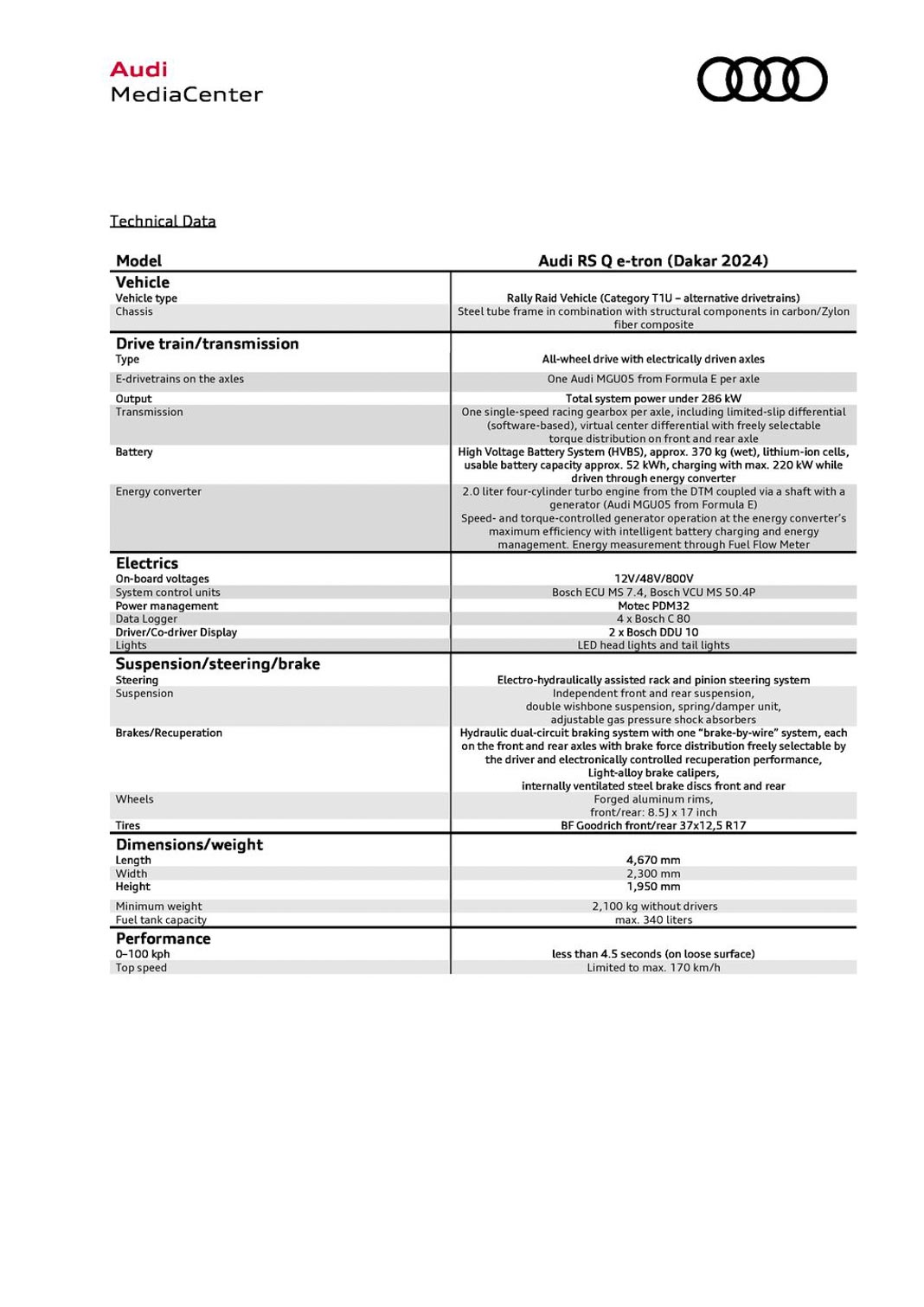
Safety: continue to improve on a high level
The accidents of Stéphane Peterhansel and Carlos Sainz at the 2023 Dakar Rally have prompted Audi to improve safety yet again. “Our goal was to reduce the peak vertical acceleration during landings after big jumps,” says Dr. Leonardo Pascali. By working with the springs, dampers and the bump stop in the chassis, the engineers have better distributed some of the load over time. They thus enable optimum control of the platform, which is so important for the overall performance of the car. A second contributing factor comes from the foam in the seats. They help to distribute loads on the driver and co-driver over a longer period of time and thus reduce peak loads. The developers have specifically focused on the material stiffness and geometries of the foam in the seats, also taking into consideration how the cockpit temperature influences the stiffness of the foam. The protection of the occupants after a hard frontal landing of the vehicle, like Carlos Sainz’s second accident at the 2023 Dakar Rally, which ended up with the car rolling over, was also on the minds of those responsible. The CFRP crash box at the front end of the chassis structure is now longer, without compromising the angle of attack, which is so important in cross-country rallying. It now absorbs the energy generated during such accidents better than before.
Reliability: clever details for the big picture
The Audi RS Q e-tron is a very reliable race car, even in the toughest conditions: All three cars saw the finish line at their first Dakar Rally event in 2022. The fact that two of the three cars did not finish in 2023 was not due to technical issues, but due to accidents. As the complex drivetrain technology is basically mature, Audi Sport can concentrate on details in terms of reliability. Previously, penetrating stones got caught between the rim bed, brake disc and upright. In some cases, they caused considerable damage and necessitated time-consuming wheel changes on more than one occasion. New fastening elements for the uprights allow greater clearance so that the stones are thrown out more easily. At the same time, Audi Sport is using more robust rims from now on. Stronger sidewalls also make the new generation of tires, from the control tire supplier BF Goodrich, less vulnerable.
Comfort: better sealing for higher concentration
Audi relies on particularly experienced, well-coordinated and high-performing drivers and co-drivers. To make their strenuous work easier, the engineers optimized the acoustic shielding, as well as sealing the cockpit. A modified front bonnet now better repels swirled mud and water, which allows the windshield to remain cleaner.
Part 3
HINWEIS: Das Video ist noch deaktiviert, damit keine unerwünschte Datenübertragung zu Youtube stattfindet. Zur Aktivierung bitte auf das Vorschaubild/Video-Link klicken. Damit werden Daten übermittelt, zu deren Art, Umfang und Verwendungszweck wir keineAuskünfte geben können. NOTE: The video is still deactivated so that no unwanted data transfer to YouTube takes place. To activate, please click on the preview image / video link. This transmits data about the type, extent and purpose of which we cannot provide any information.
HINWEIS: Das Video ist noch deaktiviert, damit keine unerwünschte Datenübertragung zu Youtube stattfindet. Zur Aktivierung bitte auf das Vorschaubild/Video-Link klicken. Damit werden Daten übermittelt, zu deren Art, Umfang und Verwendungszweck wir keineAuskünfte geben können.
NOTE: The video is still deactivated so that no unwanted data transfer to YouTube takes place. To activate, please click on the preview image / video link. This transmits data about the type, extent and purpose of which we cannot provide any information.
Performance: ideas in many areas
From the chassis to the software, from the body to the electric drivetrain: The engineers looked at various aspects to make the Audi RS Q e-tron even more competitive within the framework of the regulations. Working with the shock absorbers and springs helped the team to find an even better set-up. To get even closer to the minimum weight of 2,100 kilograms, while the weight of the new, more robust tires increases, various components have been optimized in terms of weight. This applies to the rear bonnet, as well as the smaller brake calipers, but also to the footrest for the co-driver. The regulations also slightly shift the balance between Audi’s T1U model and the opponents in the T1 class in terms of power-to-weight ratio: The 263 kW of maximum output from the electric motors at the start of the 2023 season (including the efficiency coefficient) turned into a value of 271 kW during the Dakar Rally, following a change in the regulations. As of January 2024, the figure will rise to 286 kW. At the same time, the regulations raise the weight of the opponents’ T1 models by 10 to 2,010 kilograms.
Maintenance times: shorter work, better result
In its search for improvements, the Audi Sport development team also examined the daily maintenance work during rally events. Thanks to many practical ideas in this detail area, quite a few steps have now been simplified. For example, modified bolted connections, improved tool holders, optimized filling cap devices for operating fluids, new locking solutions for body parts and bolted instead of glued connections all contribute to simpler and faster servicing.
“Our engineering team has improved the RS Q e-tron even further with many creative solutions,” says Rolf Michl, Head of Motorsport. “Drivers and co-drivers, as well as all of the mechanics and engineers, benefit from the imaginative ideas. We feel that we are prepared for the Dakar Rally in the best possible way.” Since the middle of the year, Audi has successively incorporated the changes and started testing them, thus ensuring the incorporation of all the innovations in time for the 2024 Dakar Rally.
Quelle / Source: AUDI









